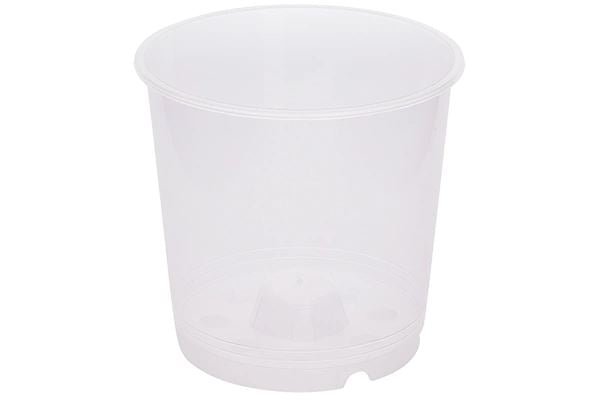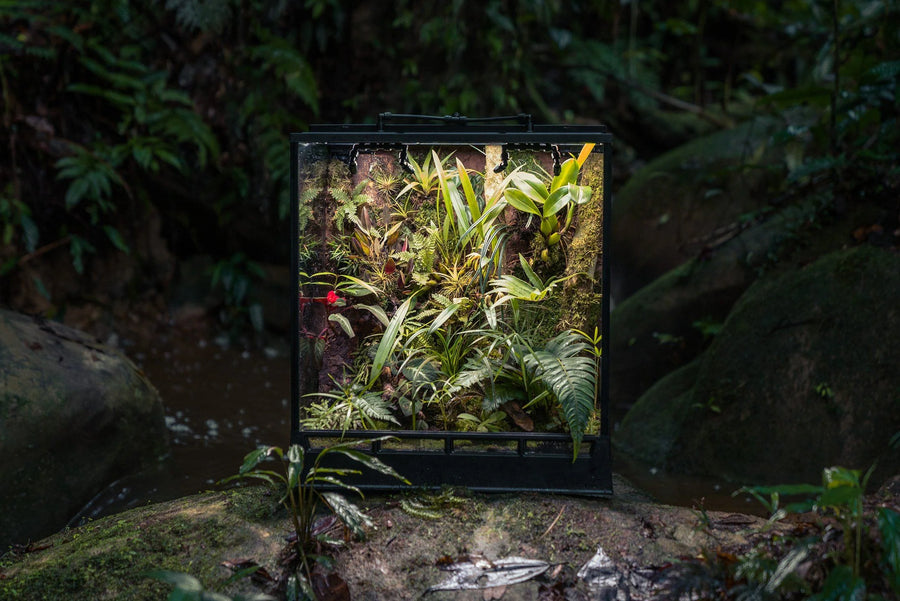Drosera | Sundews
If you’re new to carnivorous plants and looking for something a bit easier than a Venus Flytrap, Drosera (better known as Sundews) are a fantastic place to start. With their glistening, dew-covered traps and hunger for fungus gnats, these plants are not only fascinating but also practical for any plant collection.
Currently, there are over 300 known species, plus hundreds of hybrids and cultivars. They’re found across the globe, particularly in nutrient-poor, damp environments like bogs and wetlands. You’ll spot them in North America, Australia, South Africa, and parts of Europe and Asia.
These sticky-trapped insect eaters have evolved to thrive in poor soil by catching their own nutrients usually in the form of small insects like gnats and aphids.
In this guide, we’ll cover everything you need to know about caring for Drosera, from lighting and watering to propagation and common issues.
Fun fact! The magnificent sundew Drosera magnifica holds the quirky title of being the first plant species discovered on Facebook. Spotted in the background of a jungle photo posted by an amateur, it went viral in the botany world!
What Lighting Is Best for Drosera?
Drosera thrive in bright light. The more light they get, the more dew they produce, which directly affects their ability to trap prey. In indoor setups, a sunny windowsill with direct sunlight or high-output grow lights works well. Outdoors, they should receive at least six hours of full sun daily, provided the species you’re growing can handle it. Inadequate light leads to weak, leggy growth and poor dew production.

What Humidity is Best for Sundews?
Most Sundews prefer moderate to high humidity, though many adapt to average household conditions if kept moist. Tropical species are generally more sensitive and benefit from being kept in a terrarium or greenhouse. If the air is very dry, especially in winter, you may want to use a humidity tray or mist lightly. Just avoid trapping too much moisture without airflow, as that can easily lead to mold.
How to Water Sundews
Water quality and consistency are key. Always use distilled, rainwater, or reverse osmosis water. Tap water should be strongly avoided as it typically contains minerals that can harm your plant. Bottom watering is best: sit the pot in a tray with about an inch of water and let the soil soak it up. Keep the soil consistently moist. During dormancy in winter, cut back slightly on watering, but never let the soil dry out completely.
Repotting Drosera
When repotting Drosera, stick to a nutrient-poor carnivorous plant mix. A standard mix includes sphagnum peat moss or long-fiber sphagnum combined with perlite for drainage. Never use regular potting soil or anything that contains fertiliser, as this will harm the plant.
There's also no need to fertilize Drosera as they get what they need from insects. Some growers feed them live prey like fruit flies, but dead insects often rot and can cause fungal problems, so they’re best avoided.
Common Problems When Growing Drosera as Houseplants
One common issue is leggy growth, which usually means the plant isn't getting enough light. If leaves start turning brown, it may be due to natural aging, water with high mineral content, or low humidity. Wilting can happen if the soil dries out or if the roots are rotting from being too wet for too long. Some species also bloom frequently, which can drain energy from the plant. If it seems to be declining after flowering, consider trimming the flower stalks early to keep the plant focused on leaf and trap growth.
Can You Propagate Drosera?
Drosera can be propagated in a couple of simple ways. Growing from seeds is a rewarding method, though it requires patience, as germination can take weeks or months, depending on the species. Another effective method is leaf cuttings. Take a healthy leaf, lay it flat on moist sphagnum moss or in a shallow tray of distilled water, and wait for small plantlets to form along the base. These can eventually be separated and potted on their own.

Once you understand the basics, Drosera are pretty easy to care for. But if you're having trouble identifying your species or solving a specific issue, don’t hesitate to reach out to us on socials or your local carnivorous plant groups!





